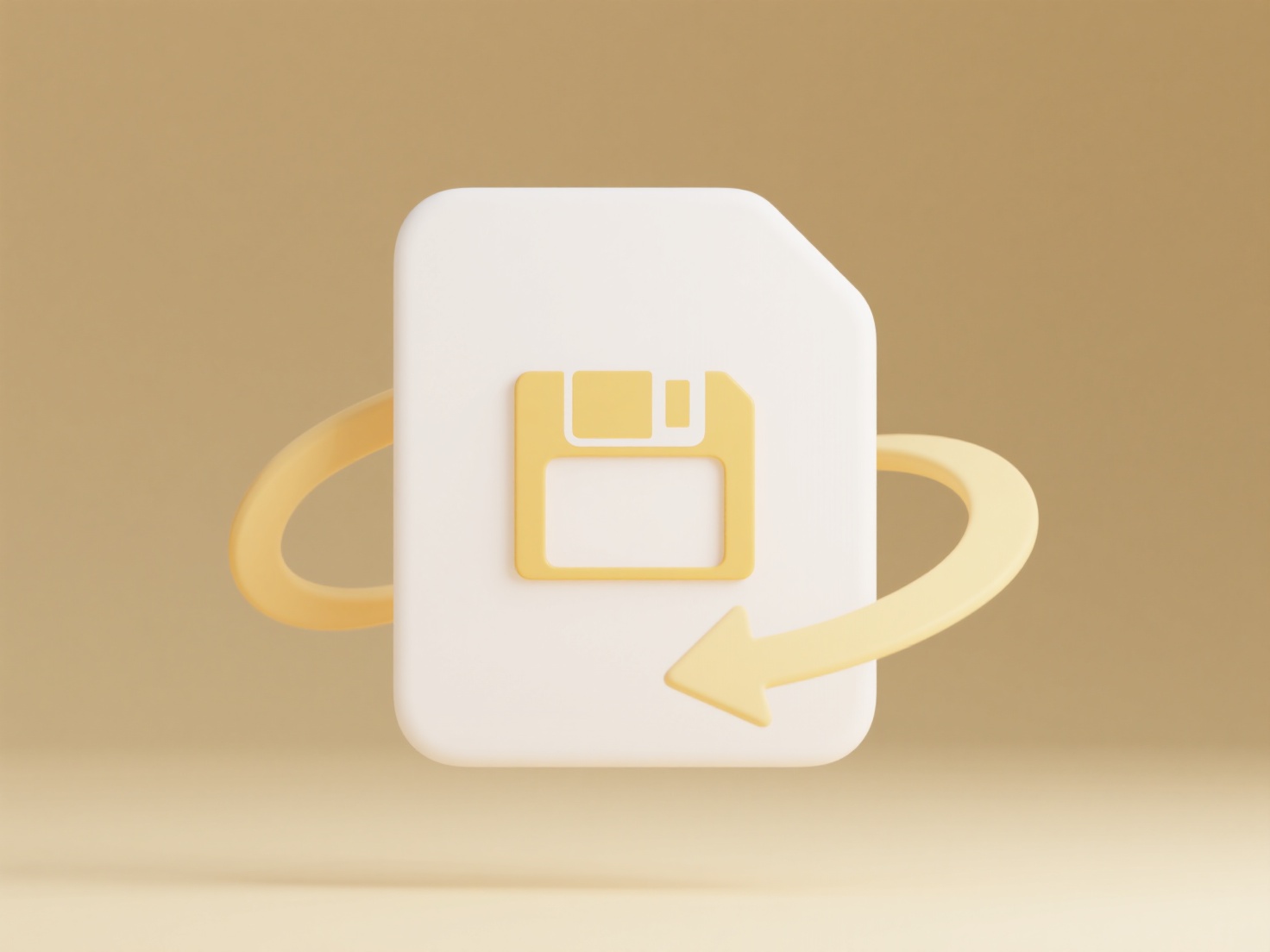
You cannot directly convert a ZIP file to a RAR file because they are distinct archive formats using different compression algorithms and file structures. Instead, you must first extract the contents from the original ZIP file and then recompress those files into a new RAR archive. Software designed for handling multiple formats enables this two-step process.
For example, if you have a "project_docs.zip" file, you would open it using an archive tool to decompress the contained files (like PDFs and images). After extraction, you'd select those files and choose to compress them again, this time selecting RAR as the output format. Tools like WinRAR, 7-Zip, or PeaZip are commonly used for this on Windows, Linux, and macOS systems in workplaces and for personal file management.

This method offers flexibility but has limitations: it requires sufficient storage for the intermediate extracted files and involves extra time for decompression and recompression. Proprietary RAR format restrictions limit widespread tool integration, while open ZIP enjoys broader native support in operating systems. As file archiving evolves towards open, cross-platform standards like 7z or faster algorithms (e.g., Zstandard), manual format conversion is becoming less common unless specific features like RAR's recovery records are needed.
Can I convert a .zip file to .rar?
You cannot directly convert a ZIP file to a RAR file because they are distinct archive formats using different compression algorithms and file structures. Instead, you must first extract the contents from the original ZIP file and then recompress those files into a new RAR archive. Software designed for handling multiple formats enables this two-step process.
For example, if you have a "project_docs.zip" file, you would open it using an archive tool to decompress the contained files (like PDFs and images). After extraction, you'd select those files and choose to compress them again, this time selecting RAR as the output format. Tools like WinRAR, 7-Zip, or PeaZip are commonly used for this on Windows, Linux, and macOS systems in workplaces and for personal file management.

This method offers flexibility but has limitations: it requires sufficient storage for the intermediate extracted files and involves extra time for decompression and recompression. Proprietary RAR format restrictions limit widespread tool integration, while open ZIP enjoys broader native support in operating systems. As file archiving evolves towards open, cross-platform standards like 7z or faster algorithms (e.g., Zstandard), manual format conversion is becoming less common unless specific features like RAR's recovery records are needed.
Quick Article Links
Why do linked files not open correctly in Word or PowerPoint?
Linked files in Office applications are references to external content (like spreadsheets or images), not the actual dat...
What file types can browsers open directly?
Modern web browsers can open common file types directly within the browser window without requiring downloads or externa...
Why does Windows block certain executable files?
Windows blocks certain executable files primarily to protect your system from potentially harmful software. This securit...